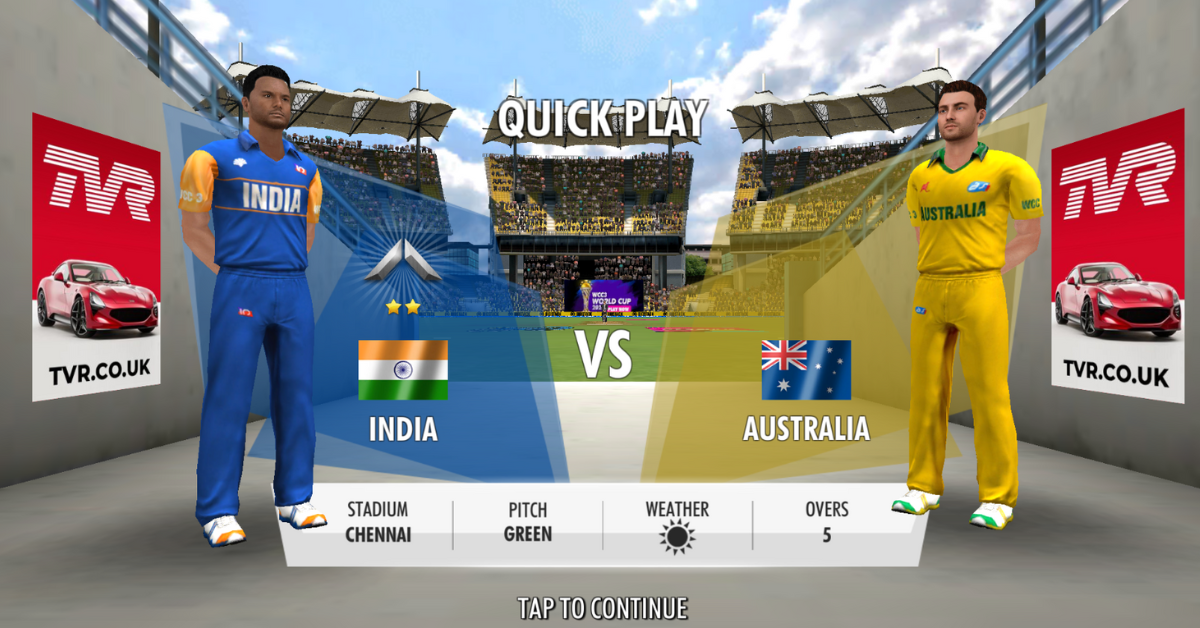A History of In-Game Advertising and Why They Just Work

Back in 2008 WIRED published an article titled “Why In-Game Ads Just Won’t Work”, exploring why in-game advertising would eventually become “…a thing of the past.”
As CEO and co-founder of an in-game advertising company, you may be surprised to learn I agree with the article. But I also disagree.
In-game advertising enjoyed its original hey-day from around 2004 to 2012. There were in-game ad campaigns for Obama’s presidential campaigns. Major publishers including EA and Sony integrated their preferred in-game ad SDKs from Massive Incorporated, IGA Worldwide, and Double Fusion into games such as Need For Speed: Most Wanted and Planetside. However, by 2012 in-game advertising had all but disappeared from everyone’s radar. The three main in-game ad platforms had either been acquired or gone out of business.
So what happened, and why am I still optimistic?
In-game advertising as a concept was directionally correct, but in the early 2000s was executionally flawed.

What changed, what hasn’t?
The Wired article was written one month before the July 2008 launch of Apple’s App Store. This. Changed. Everything.
Within four years and driven by the popularity of free-to-play games, mobile gaming was a more valuable market by revenue than either console or PC gaming, and the stage was set for in-game advertising to become more meaningful and impactful.
Fast-forward 10 years and the drivers of today’s successful in-game advertising ecosystem are the penetration of powerful + portable + connected games devices, the ubiquity of free-to-play games, and the ability to programmatically deliver personalized campaigns to mobile gamers.
“It’s in the phone”
In 2012 the major console manufacturers Sony (PlayStation), Microsoft (Xbox) and Nintendo (Wii) sold a combined 28M games consoles. In that same year, Apple sold over nearly 200M portable games consoles: 125M iPhones, and another 58M iPads.
In-game advertising’s first wave focused on PC and console gaming and just wasn’t sufficiently attractive nor provide diverse enough audiences for a wide range of advertisers to make it a sustainable model. Only a small percentage of the world’s population will ever have an advanced games console sitting under a widescreen TV, but advertisers can assume that every single person on the planet over the age of 12 has a powerful games device sitting in their back pocket.
Internet penetration
Similarly, when Wired wrote the article barely 20% of the global population had access to the internet in 2008. Non-connectivity required in-game ad campaigns to be “baked in” to the game at release, without any ability to target, refresh, or measure the results of those campaigns, again limiting the appeal to advertisers.
Today we can assume that every gaming device is internet-connected and thus enabled for real-time programmatic ad delivery.
Free-to-play business model
But the real game-changer was the popularity of free-to-play for mobile games.
I completely agree with Wired’s premise that no one wants to spend $60 (or more!) on a game, to then have irrelevant ads appear in that game.
The inherent economics of free-to-play, where players exchange their attention in return for receiving a premium game experience, was the catalyst for in-game advertising. Players expect advertising in their games, and free-to-play game developers rely on advertising as a part of their monetization mix.
In-game ads do just work
AdInMo already programmatically delivers millions of ads from thousands of advertisers every single day. These ad campaigns are personalized, memorable, and impactful.
As the advertising and games industries look forward to a multi-metaverse and post-cookie future, I firmly believe the next generation of in-game advertising formats and solutions will be the best way for brands to reach consumers and engage them in real-time in a cost-effect way. I look forward to Wired’s 2028 article celebrating how in-game advertising has established itself as the go-to brand engagement platform for players, developers and advertisers alike.
Written by Kristan Rivers, CEO and Co-Founder of AdInMo
More…
AdInMo & Usercentrics consent management partnership accelerates European in-game monetization
Developer case study on consent implementation highlights significant uplift across key monetization metrics CPMs, fill rate and ARPDAU. We’ve just published the first results of our joint industry education programme with Consent Management Platform (CMP)...
Developer Shout Out: Nextwave Multimedia
Advertising and live sports events go hand-in-hand with pitch-side billboards surrounding real-world stadiums. This makes in-game advertising a natural fit for any sports mobile games and this month has been all about the Cricket World Cup 2023 reaching its climax...
AdInMo and Kwalee take in-game ads to the next level
An innovative new integration with AdInMo powers Kwalee’s popular truck simulation game Tow N Go to drive monetization and support user acquisition across its portfolio of mobile games. We're excited to unveil a new integration with global mobile game publisher and...




